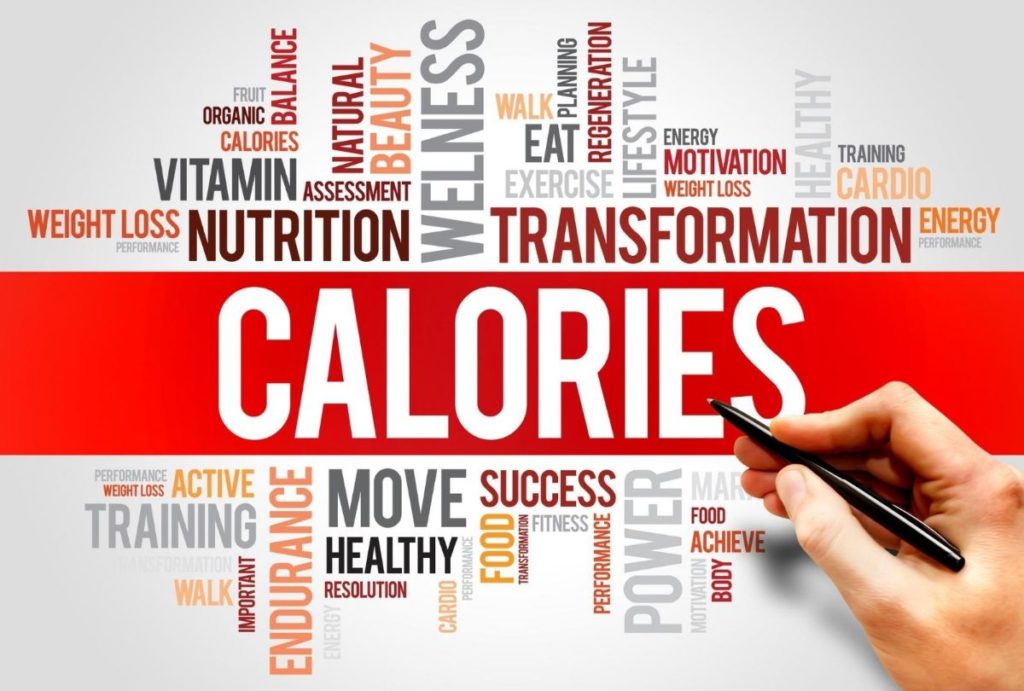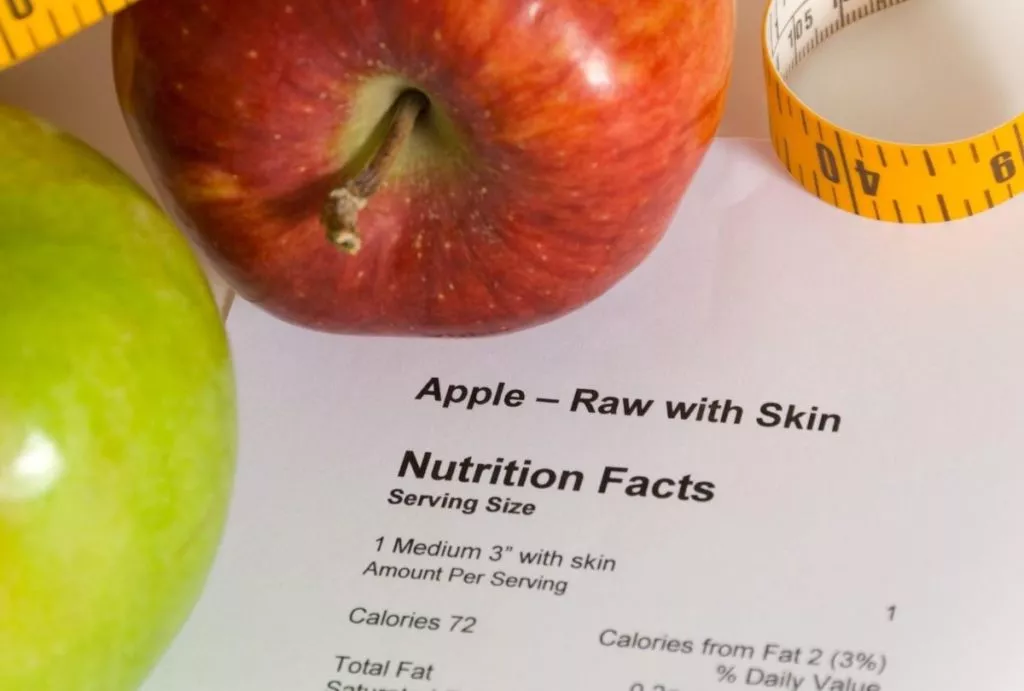The 2026 Estimated Energy Requirement (EER) Calculator determines precise daily calorie intake for healthy, normal-weight adults to achieve energy balance, based on sex, age, height, weight, and activity level using refined IOM equations from double-labeled water studies for top accuracy.
Ideal starting point for weight maintenance, loss, or gain in today’s active lifestyles.
⚡ Key Takeaways
- EER delivers your exact baseline calories to maintain current weight in 2026.
- Core 5 factors: sex, age, height, weight, physical activity level.
- Subtract 250-500 calories from EER for safe, sustainable weight loss.
- Activity multipliers updated for hybrid work, home fitness trends.
- Best for healthy adults; pair with TDEE for personalized tweaks.
What’s the EER calculator?
Estimated Energy Requirement (EER) is a tool used for determining the projected energy requirement for keeping energy balance according to many aspects such as sex, age, height, weight, and activity levels in healthy, normal-weight people.
Our accurate Estimated Energy Requirement Calculator determines the daily recommended caloric intake to maintain your current body weight.
It computes this amount based on your sex, age, height, weight, and activity levels. Thus, it’s essentially an effortless way to understand how many calories you must consume daily to balance the energy expenditure for healthy, normal-weight people.
Estimated Energy Requirement (EER) Calculator
Your Estimated Energy Requirement is:
EER Calculator for Weight Loss
If you want to lose or gain weight, this nutritional supplement may be utilized as a caloric beginning point where you can decide the number of calories you want to lose or add to lose or gain weight, respectively. But it would be more accurate to use our everyday calorie calculator for short-term objectives or our calorie calculator to get long-term targets if you don’t know your own body.

There are just four action-level alternatives to select from once you have typed in your basic stats, and you understand what we mean when we say this is an easy calculator, which is by no means a super precise amount. It won’t consider anything else you might do in a day, like lifting weights, playing sports, jogging, etc. Even so, the calculations should be a good estimate of EER in its most basic form for many healthy people.
- Low Activity (Sedentary Desk)
- Moderately Active (Salesman)
- Very Active (Soldier)
Physical Action
The tool employs a formulation according to the Institute of Medicine equations used for its Dietary Guidelines for Americans (2005) and MyPyramid’s food pyramid. IOM equations use experiments with double-labeled water, a more accurate way to measure the total amount of energy used.
After understanding the formulations for EER, you must be aware of the gap between the bodily action coefficient (PA) and Physical Action Degrees’ (PAL) when performing your calculations. PA gives an energy estimate based on a range of amounts of physical activity, while PAL is the ratio of total energy cost to kinetic energy expenditure (TEE/BEE).
Try our TDEE Carb Cycling and IF Calculators to help you accomplish your exercise objectives.
It considers the basal metabolic metabolism or rate according to your necessary information to determine overall daily energy expenditure.
Very Active (PAL 1.9-2.5)
By dividing the total energy used in 24 hours by the basal metabolic rate, you can figure out the PAL.
The Centers for Disease Control recommends 150 minutes of moderate-intensity activity each week. Alternately, 75 minutes per week of vigorous-intensity exercise, or an equal amount of both, and at least two times per week of strengthening activities are needed for the best health. You can use the calculator to get a pretty good idea of how many calories you will need to eat daily to keep up your current daily activity level based on your most important stats. Then from there, it is possible to decide everything else.
The EER Calculator

The EER predictive equations developed from the Institute of Medicine Equation were published in September 2002 and were utilized to invent the new dietary guidelines for the U.S. in 2005 when the food pyramid (MyPyramid) was published. These samples were based on a complete, initially labeled water database, which is thought to be the best way to measure Total Energy Expenditure. Total Energy Expenditure (TEE) is the basal metabolic rate, TEF (thermic effect of food), physical action, thermoregulation, and the energy expended in depositing fresh cells and producing milk.
The Physical Activity Level classes were described as passive (PAL 1.0–1.39), non-energetic (PAL 1.4–1.59), lively (PAL 1.6–1.89), and also quite active (PAL 1.9–2.5).
How to calculate EER?

To demonstrate how to use the EER calculator, we’ll set an example situation. John is a 40-year-old man who would like to maintain his weight. He defines his physical activity level as low. That is because he has an office job, enjoys walking, and visits the gym from time to time.
Do not be worried if you prefer inches to pounds. Our EER calculator has built-in converters for length and weight that automatically switch between SI and imperial units. Just pick your favorite unit!
Our tool will compute John’s estimated energy demand as follows:
As you can see from the table, the ‘low energetic’ significance for a man equals 1.11.
EER (kcal/day) = 280.8 + 1.11 Decision 2041.8 EER (kcal/day) = 2547. In our example, John should consume 2547 calories daily to maintain his weight. With our projected energy demand calculator, you can do all the math much more quickly.
The practice of calculating EER is relatively straightforward to comprehend. The above equation shows that the EER comprises the total energy used and the amount of energy put into the system. The value of total energy expenditure changes from one person to another based on age, sex, and other aspects.
EER calculation formula
The Estimated Energy Requirement (EER) determines how many calories a healthy man or woman needs to stay the same weight based on gender and age. The calculation takes into account age and sex as well as the individual’s height and weight.
The EER is calculated by multiplying the BMR by an activity factor or multiplier specific to each individual. The calorie requirements are higher for more physically active people than for their sedentary counterparts.
The Estimated Energy Requirement formula
EER = BMR x Activity Factor
It is also known as the basal metabolic rate (BMR).
The Estimated Energy Requirement calculator uses the Harris-Benedict Equation.
For men: EER = 66 + 13.7 × Weight(kg) + 5 × Height(cm) – 6.76 × Age(y)
For women: EER = 655 + 9.6 × Weight(kg) + 1.8 × Height(cm) – 4.68 × Age(y)
How to utilize our EER Calculator?

The procedure for our innovative Estimated Energy Requirement calculator is relatively straightforward. To begin with, you need to fill in the EER Calculator type.
-Pick Gender-Input Age in years.
-Input height in feet, inches, or cm. You may select them in the dropdown.
-Input your current weight in pounds or kilograms.
-Select your working day. Physical Action: Click the ” Calculate” button. The EER Calculator will reveal your estimated energy requirement for a single day in the outcome section.
Can the EER calculator allow me to drop weight?

The energy demand calculator can enable you to lose weight, but it merely gives you the caloric amount vital to maintaining your current body weight.
However, you may subtract calories by using this amount, putting you in a power shortage conducive to weight loss.
How accurate is your ERR calculator?
The ERR calculator isn’t entirely accurate because there may be additional factors that will ultimately determine your precise energy requirements to encourage your everyday pursuits.
However, it will provide the healthiest adults with a suitable quote.
EER Nutrition And Weight Control

Our EER, or estimated energy requirement calculator, is a complex tool that uses the equations from the Institute of Medicine to figure out estimated energy needs. Using the above-mentioned calculator, you can figure out how many EER calories you need to do your daily tasks well. For chubby kids, you can easily calculate for females, males, pregnant, lactating, infants, toddlers, and TEE.
Bear in mind that there is no particular EER nourishment definition. Once you know your full EER, you should talk to your doctor about your EER nutrition needs. It is possible to discover several supplements and diets that may work for you. However, the well-known formulation for weight reduction is calories in, calories out. Stick with this formulation to control your weight! EER’s significance in nourishment does matter because it helps someone achieve their wellness objectives. If you want to know what’s EER in nutrition, then the specified energy-yielding nourishment might assist you!
EER 2025 vs 2026: Refined Energy Formulas
| Feature | Legacy 2025 (IOM 2005 Base) | 2026 Modern Standard |
|---|---|---|
| Male Formula Base | 662 – 9.53×age + PA×(15.91×wt + 539.6×ht) | Same core + refined PA for current lifestyles |
| Female Formula Base | 354 – 6.91×age + PA×(9.36×wt + 726×ht) | Same core + refined PA for current lifestyles |
| Activity Factors | Sed:1.0, Low:1.12, Act:1.27, VAct:1.54 | Validated + hybrid activity adjustments |
| Accuracy Method | Double-labeled water studies | Ongoing validations thru 2025 DGA |
2026 EER builds on legacy formulas with activity tweaks for desk-to-gym realities, ensuring precise calorie estimates.
Frequently Asked Questions
How do I calculate my estimated energy requirement?
Use an EER calculator: input sex, age (years), height (cm/in), weight (kg/lbs), and activity level (sedentary to very active). It applies IOM formulas to output daily calories for balance.
What are the 5 factors estimated energy requirement can be calculated based on?
The 5 key factors are: 1) sex (male/female), 2) age, 3) height, 4) weight, 5) physical activity level (PAL multipliers like 1.0 sedentary to 1.54 very active).
What is the daily energy requirement for a woman?
Varies widely; e.g., a 30-year-old, 165cm, 60kg sedentary woman needs ~1900 calories. Use the calculator for personalized EER based on her specifics.
What is the EER formula for men?
Male EER = 662 – (9.53 × age) + PA × (15.91 × weight + 539.6 × height/100), where PA is activity factor.
How does activity level affect EER?
Higher activity multiplies basal needs: sedentary (1.0), low active (1.12), active (1.27), very active (1.54), boosting total calories by 0-54%.
Is EER the same as TDEE?
EER estimates total daily energy for balance (like TDEE for maintenance); TDEE often includes exercise specifics, but EER uses standardized PAL for healthy adults.
📚 Verified References & Further Reading
Alexios Papaioannou
Mission: To strip away marketing hype through engineering-grade stress testing. Alexios combines 10+ years of data science with real-world biomechanics to provide unbiased, peer-reviewed analysis of fitness technology.
